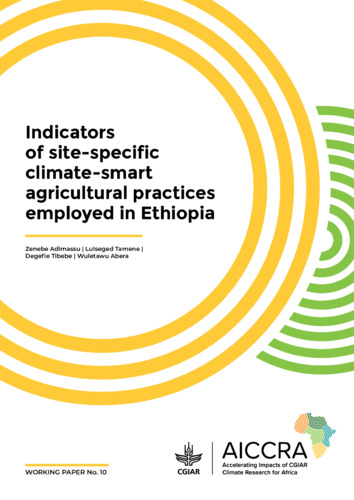Indicators of site-specific climate-smart agricultural practices employed in Ethiopia
Abstract
Indicators of CSA practices/technologies are crucial to measure the performance of CSA practices/technologies and use as a guideline for data collection on the evaluation of CSA practices and technologies. Various indicators of CSA practices under the five categories including crop production, livestock production, integrated soil fertility management, erosion control, water management, and forestry/agroforestry management were identified using experts knowledge and literature review. The result showed that the number of indicators across the three pillars namely productivity and income, adaptation/resilience and mitigation (M,) and with additional indicators for gender equity and social responsiveness. The result also showed that higher numbers of indicators were found in integrated management, agroforestry systems, exclosure management, use of non-timber forest products, forage crop improvement, water harvesting, drip irrigation, river diversion, and promotion of low-carbon emitting animals. The study showed that CSA practices related to forestry and agroforestry management addressed the three pillars of CSA simultaneously. These indicators developed by experts and literature review can be used locally and globally since international system (SI) units are employed in their development. Although this study identified various indicators at practice/technology levels, further assessment is needed to identify result- and policy-level indicators of CSA practices/technologies in Ethiopia.

